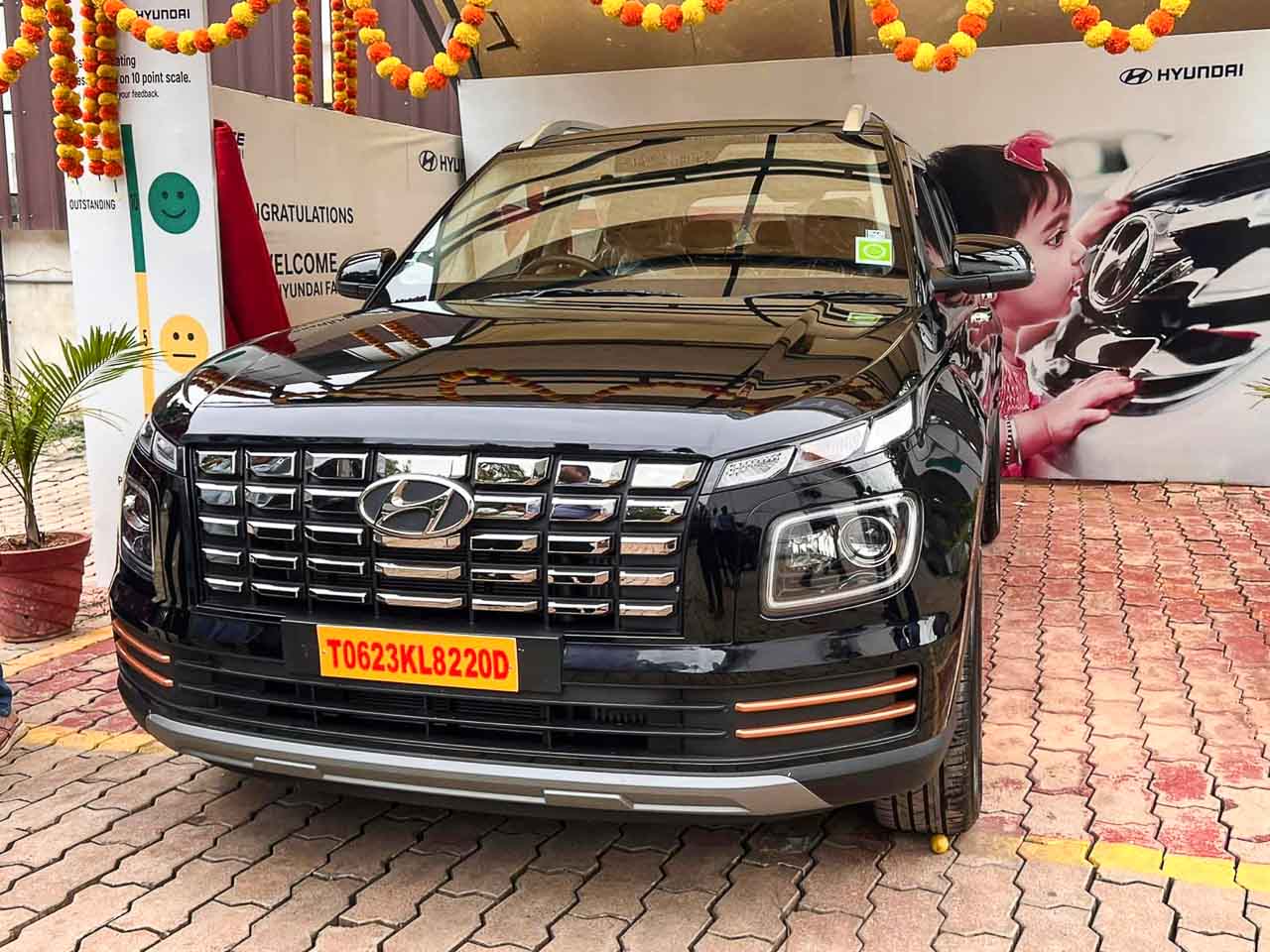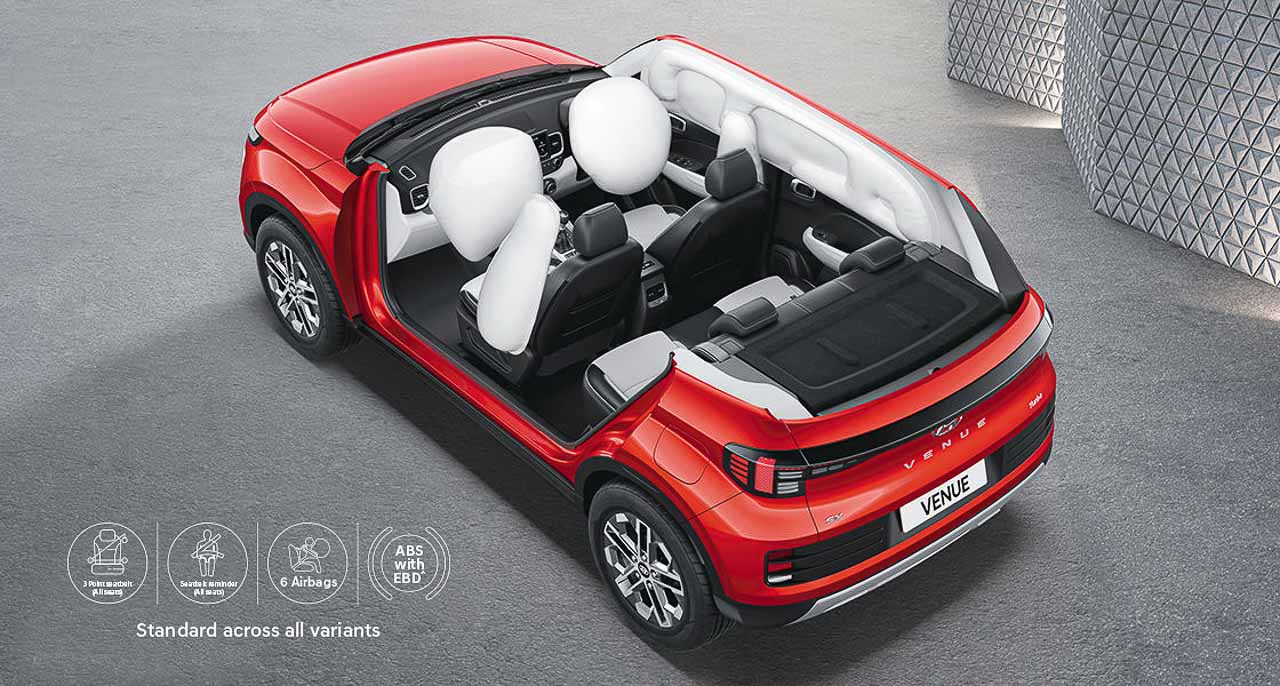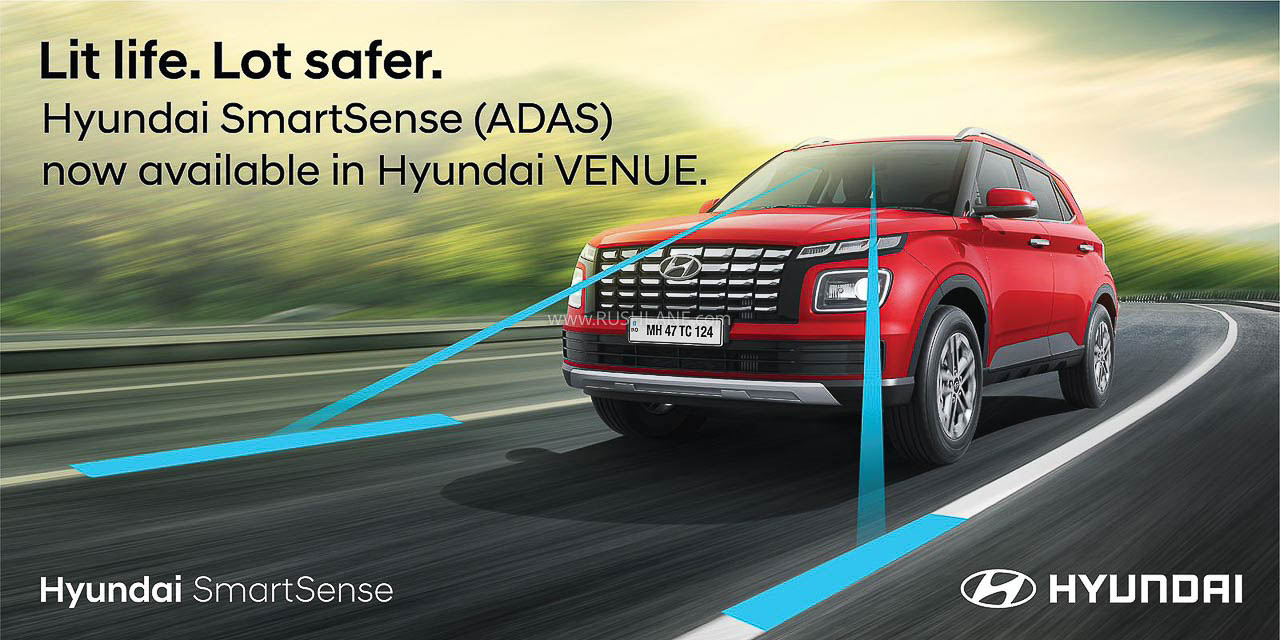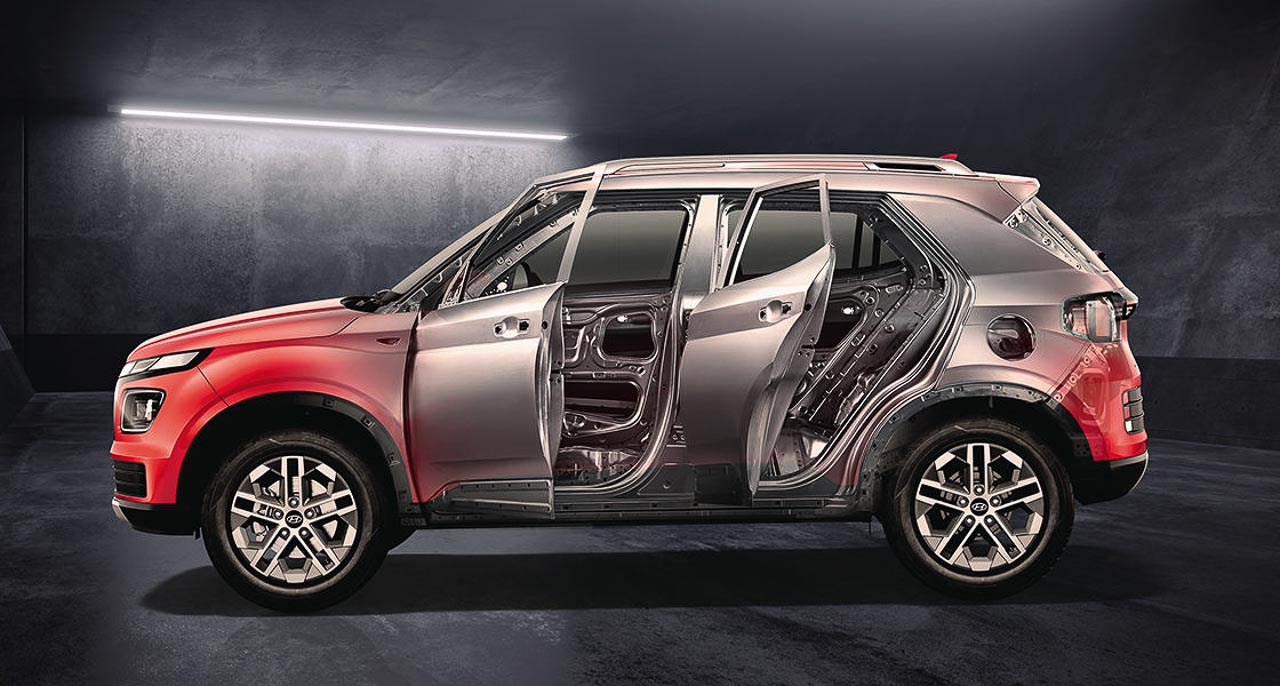

With a commitment to safety that extends across its portfolio and a dedication to innovation, Hyundai is paving the way for a safer and more secure driving experience for all
Hyundai stands out in the Indian automotive market for its commitment to making safety technology more accessible to a wider audience. In a sector where safety features often come at a premium, Hyundai’s approach emphasizes inclusivity and innovation, paving the way for safer mobility solutions for all.
Making Safety Features Accessible For All
In a market dominated by sub 4m vehicles, ensuring safety without compromising affordability is a challenge. Hyundai addresses this challenge head-on by becoming the first mainstream carmaker in India to introduce 6 airbags as a standard feature across its portfolio, including entry-level models like the Grand i10 NIOS, Aura, and Exter. This commitment to safety sets a new benchmark in the industry, making advanced safety features more accessible to a broader demographic.


While airbags provide crucial post-crash protection, Hyundai goes a step further by integrating advanced driver assistance systems (ADAS) into its vehicles. The Hyundai Venue, for instance, leads the pack as the first sub 4m SUV in India to offer an ADAS suite.
Advanced Safety Features for Today’s Roads
Hyundai’s advanced driver assistance suite, known as SmartSense, encompasses a comprehensive array of safety features within the Hyundai Venue. Let’s delve into the details of each feature:


1. Forward Collision Warning (FCW): This feature alerts the driver when a frontal collision is imminent, serving as a crucial safety precaution.
2. Forward Collision-Avoidance Assist – Car (FCA-Car): Building upon FCW, FCA actively intervenes by automatically applying brakes to mitigate or prevent a forward collision with other vehicles.
3. Forward Collision-Avoidance Assist – Pedestrian (FCA-Ped): Extending the safety net, FCA-Ped detects pedestrians and aids in avoiding collisions with them.
4. Forward Collision-Avoidance Assist – Cycle (FCA-Cyl): This feature adds another layer of safety by detecting and helping to prevent collisions with cyclists.
5. Lane Keeping Assist (LKA): LKA intervenes by providing corrective steering inputs to keep the vehicle within its lane.
6. Lane Departure Warning (LDW): LDW monitors the vehicle’s position within the lane and alerts the driver with audio and visual cues if it detects drifting without signalling.
7. Driver Attention Warning (DAW): DAW continuously monitors the driver’s behaviour for signs of inattention or drowsiness, providing alerts to encourage breaks and prevent accidents due to driver fatigue.
8. Lane Following Assist (LFA): LFA complements LKA by ensuring the vehicle stays centered within its lane, especially useful when turn indicators aren’t activated.
9. High Beam Assist (HBA): Activating after sundown, HBA enhances safety by automatically adjusting high beams to avoid dazzling oncoming traffic while maximizing visibility.
10. Leading Vehicle Departure Alert (LVDA): LVDA alerts the driver when the leading vehicle begins to move, reducing the risk of rear-end collisions in traffic situations.


Continuous Focus on Crash Safety
Models like the Verna, which received a top rating of 5 Stars from Global NCAP, highlight Hyundai’s focus on structural reinforcement and crashworthiness. Additionally, innovations such as rear disc brakes and dual-channel dashcams in vehicles like the Venue further enhance safety on the road, providing drivers with both peace of mind and convenience.







